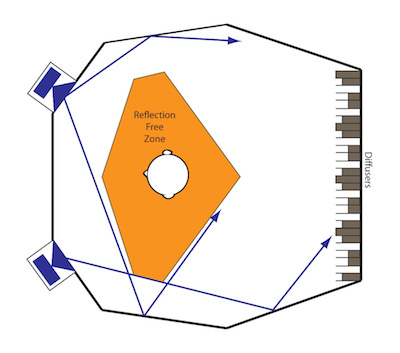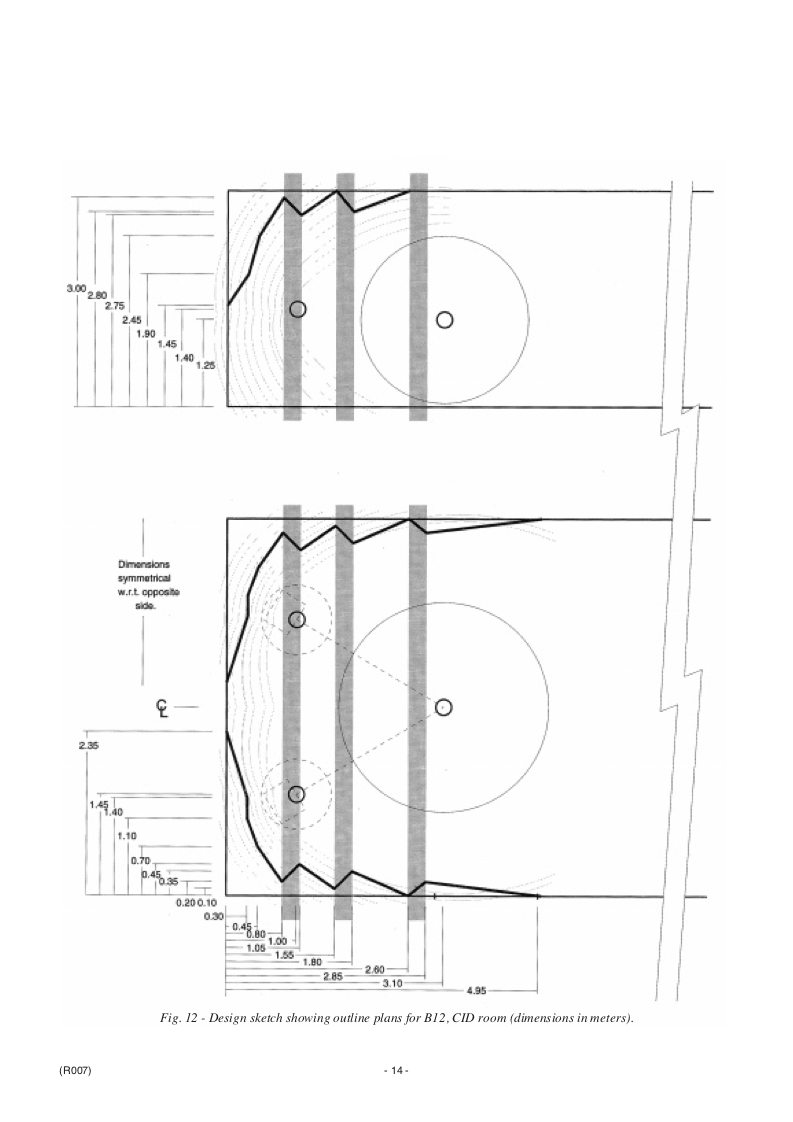ToTo Man
the band not the dog
Testing the audibility of rear wall reflections has inadvertently led me to discover a brand new (to me) listening position, about a foot BEHIND my speakers and facing the rear wall! (I'd removed the bass traps from the rear wall at this point and replaced them with a pair of Q7D diffusors). This is the first time I've tried this and I was expecting it to sound awful with rolled-off highs and a big hole in the middle of the soundstage, but it was unfathomably engaging.
The speakers completely disappeared and the room was filled with an incredibly wide, deep and spacious soundstage, and the tonal balance was unmolested. The only thing lacking was the ability to precisely locate the instruments across the stage, but the phantom centre imaging of lead vocals was superb. I've only listened to a few rock and jazz tracks in this position but I imagine it would work especially well with classical. It would seem that those who swear by omnidirectional loudspeakers have a valid argument!
I played a trick on my poor dad by leading him into the room blindfolded, spinning him around a few times to disorientate him, and sitting him in the new listening position between the speakers. I asked him where the sound was coming from and he was genuinely baffled (pun intended! ) and pointed in every direction apart from at the speakers! He also commented on how deep and spacious the soundstage was.
) and pointed in every direction apart from at the speakers! He also commented on how deep and spacious the soundstage was.
I also tried facing the front wall, keeping my chair in the same position between the speakers, but the illusion collapsed and the tonal balance became rolled-off in the highs. This supports my argument that the pinnae of the ear effectively block rear reflections at higher frequencies.
The speakers completely disappeared and the room was filled with an incredibly wide, deep and spacious soundstage, and the tonal balance was unmolested. The only thing lacking was the ability to precisely locate the instruments across the stage, but the phantom centre imaging of lead vocals was superb. I've only listened to a few rock and jazz tracks in this position but I imagine it would work especially well with classical. It would seem that those who swear by omnidirectional loudspeakers have a valid argument!
I played a trick on my poor dad by leading him into the room blindfolded, spinning him around a few times to disorientate him, and sitting him in the new listening position between the speakers. I asked him where the sound was coming from and he was genuinely baffled (pun intended!
I also tried facing the front wall, keeping my chair in the same position between the speakers, but the illusion collapsed and the tonal balance became rolled-off in the highs. This supports my argument that the pinnae of the ear effectively block rear reflections at higher frequencies.



